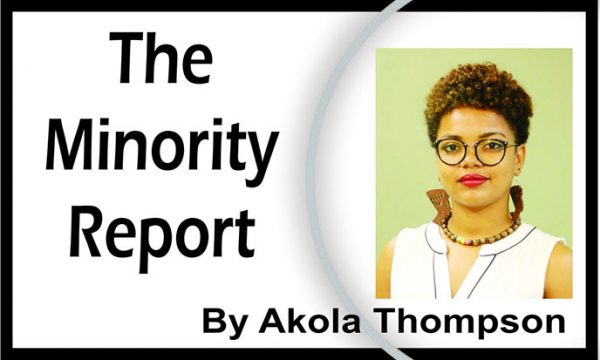 Three years ago, the reality that we are currently living in only seemed possible in dystopian films and novels. The accuracy of these fictional worlds has placed even more weight on the philosophical position that life imitates art and as we know, art is not always pretty or wholesome. Global food shortages, hiked prices, mass deaths and infections, misinformation and distrust – these are the things that have increased ten-fold during this current pandemic and which continue to drastically deteriorate as time passes.
Three years ago, the reality that we are currently living in only seemed possible in dystopian films and novels. The accuracy of these fictional worlds has placed even more weight on the philosophical position that life imitates art and as we know, art is not always pretty or wholesome. Global food shortages, hiked prices, mass deaths and infections, misinformation and distrust – these are the things that have increased ten-fold during this current pandemic and which continue to drastically deteriorate as time passes.
Two years on, there have been 41, 418 confirmed cases of COVID-19 in Guyana, with 1060 known deaths. The recent reports from the Ministry of Health detailing the numbers of new active cases are indicative of the continued spate of positive surges that we will have moving forward. The reported numbers are most likely nowhere close to the reality on the ground, but they do provide a helpful snapshot into the sheer scope of the virus. With a population of under one million, COVID-19 is effectively making its mark on us and the impact of this will be felt for years to come. The grim fact is that we are nowhere close to the end of this pandemic. Many of us, myself included, long for a time wherein some semblance of pre-pandemic normalcy can be restored, but we must resist wishful thinking. Viruses have an evolutionary head start of millions of years on us, so while we now focus on the highly transmissible Omicron variant, new unnamed variants are already popping up in other parts of the world.
With the anxieties and restrictions that the virus can bring about, many have begun to place the bulk of the blame at the feet of individuals. This is a narrative that governments including our own have adopted. The responsibility of the individual is of course very important, but placing the blame there excuses the governments’ responsibility to effectively respond to and manage the pandemic. It is quite an odd, albeit unsurprising thing to see the way they continue to push the agenda of vaccination only with no real supportive mechanisms for citizens, while promoting a stance of business as usual. When it all comes down to it, the health of the economy, regardless of how detrimental it is to those on the lower economic rungs, remains the central focus of government intervention. There is a lot that can be said about the one-time relief handouts that they have haphazardly distributed across the country, but to sum it up, the effort has been pitiful and woefully disconnected.
What has remained consistent throughout this pandemic however, is the misinformation surrounding the virus, vaccines and its effects. Despite the number of confirmed cases and deaths brought on by COVID-19, there are still those who continue to doubt its existence and its serious impacts. Myths surrounding the safety of the vaccine continue to make the rounds and even those who are fully vaccinated have begun to wonder about the necessity of it. It does not help that sections of the media report on the deaths of fully vaccinated persons without contextualizing it against the backdrop of vaccine efficacy. Doing this allows people to draw conclusions, as they will begin to believe that the risks to both vaccinated and unvaccinated persons are the same. To make such a conclusion however, one would need not only the numbers of those fully vaccinated who died from COVID-19, but the numbers of those who are fully vaccinated and are not infected/recovered. To do otherwise is statistically known as a “base rate fallacy” wherein the reality of one group being larger than the other is ignored.
It is understandable that when one gets vaccinated that they hope that means they are now immune to that which they got vaccinated against. Vaccinations however are not a cure all, what they do is significantly lower your chances of getting the virus, but given the nature of COVID-19 and how rapidly variants are mutating, there are bound to be breakthrough cases. In circumstances such as these, the vaccine lowers the chances of your body having a fatal response to the virus.
What we should keep an eye on is the long-term impacts the virus can have on those who survive it. While many will recover from COVID-19 in a few days or weeks, for others, the symptoms can last much longer, resulting in what is now being called a parallel pandemic, where symptoms remain for months after infection. We should begin bracing ourselves for the onslaught of these long coronavirus cases that will cement themselves once the Omicron surge subsides.








